 Limited Edition Golden Llama is here! Check out how you can get one.
Limited Edition Golden Llama is here! Check out how you can get one.  Limited Edition Golden Llama is here! Check out how you can get one.
Limited Edition Golden Llama is here! Check out how you can get one.
 Offering SPR-BLI Services - Proteins provided for free!
Offering SPR-BLI Services - Proteins provided for free!  Get your ComboX free sample to test now!
Get your ComboX free sample to test now!
 Time Limited Offer: Welcome Gift for New Customers !
Time Limited Offer: Welcome Gift for New Customers !  Shipping Price Reduction for EU Regions
Shipping Price Reduction for EU Regions
> Core reagents for infectious disease research

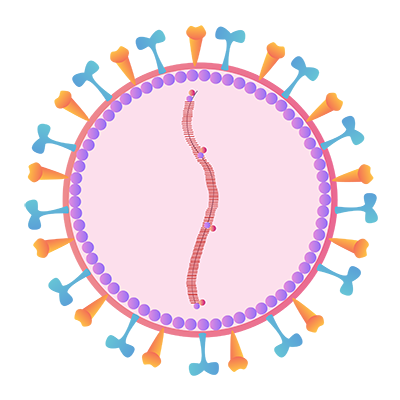 RSV |  VZV | 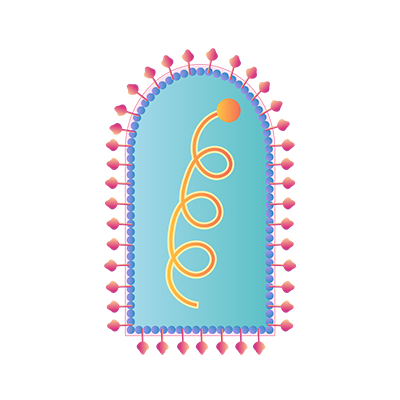 RABV | 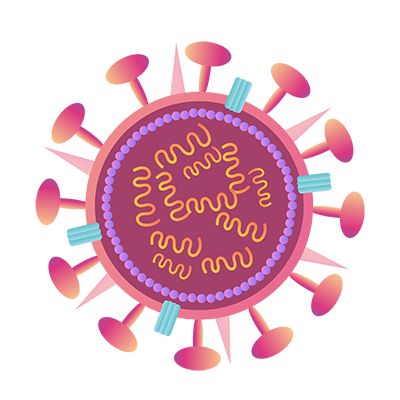 Influenza | 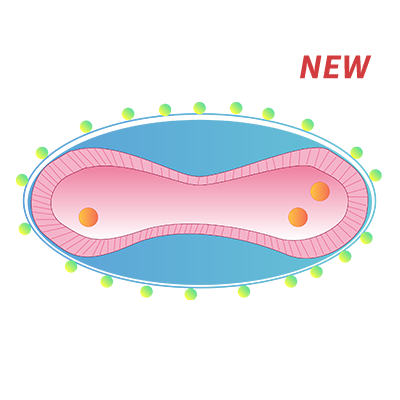 MPXV | 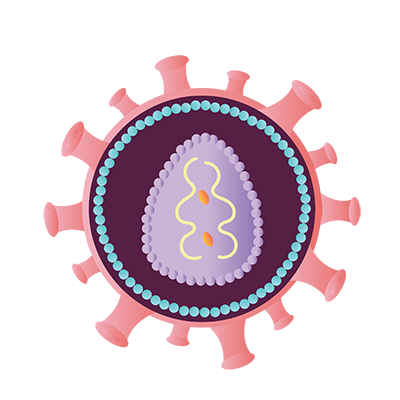 HIV |
 HSV |  EBV |  NiV | 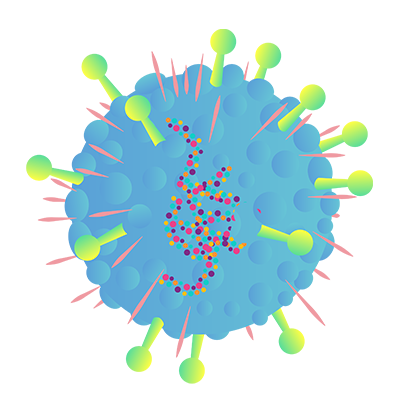 HeV |  EBOV | 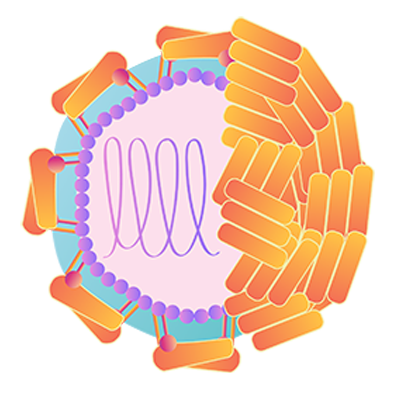 ZIKV |
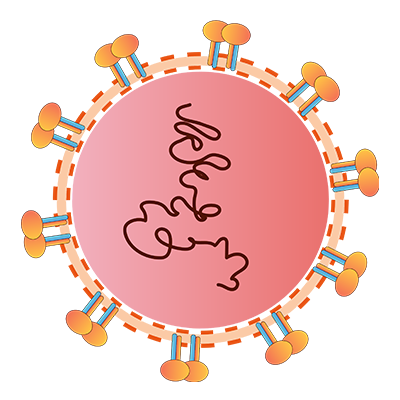 DENV |  SFTSV | 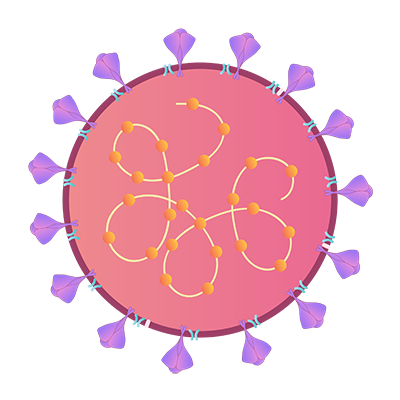 Coronavirus | 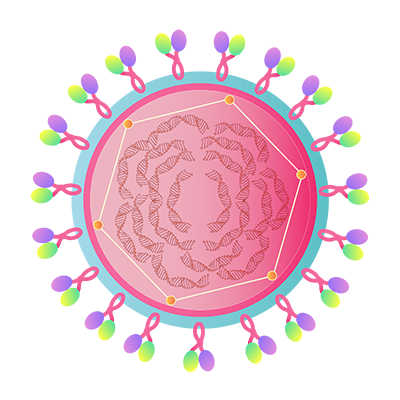 Rotavirus | 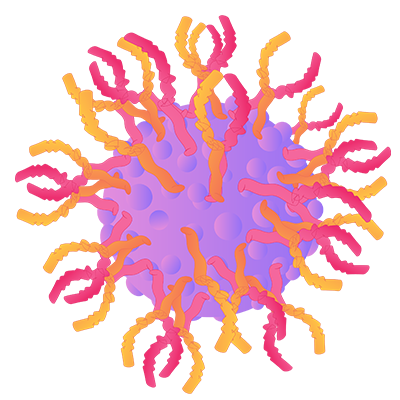 Coxsackievirus | 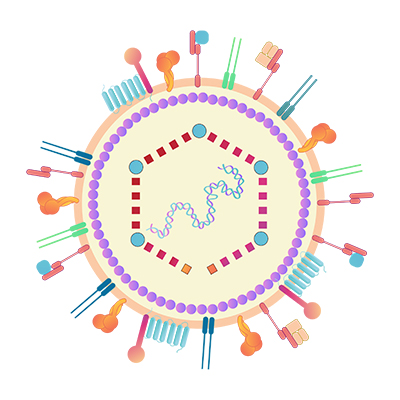 HCMV |
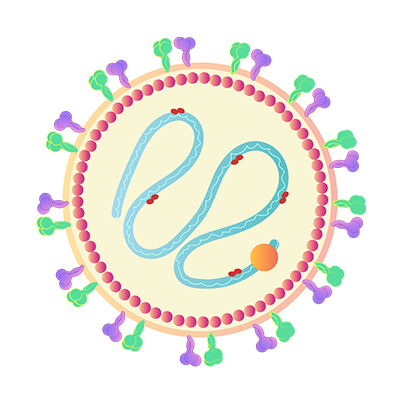 MuV | 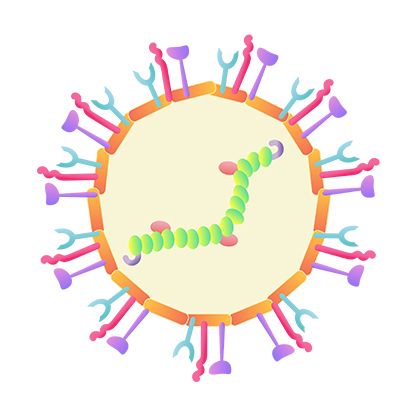 hMPV | 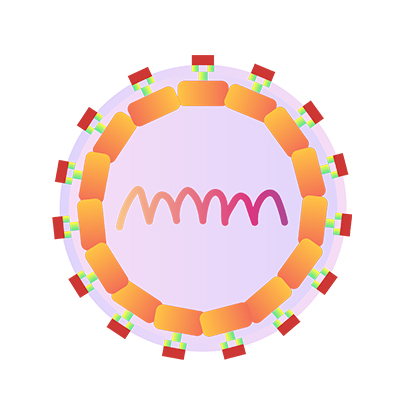 JEV |
>>> SARS-CoV-2 related products:Core reagents for COVID-19 vaccine R&D , Antigens & antibodies for diagnostic kits development , High-throughput solutions for vaccine R&D based on ELISA
>>> Hot Products: Hemagglutinin (HA), Neuraminidase (NA)
>>> Hot Products:Glycoprotein, Anti-RABV glycoprotein antibody
>>> Hot Products: Glycoprotein
>>> Hot Products: gp41, gp120, Capsid protein p24, HLA-A*0201 | B2M & HIV Gag (SLYNTVATL)
>>> Hot Products: Glycoprotein E
>>> Hot Products: NS1
>>> Hot Products: Glycoprotein G, Fusion glycoprotein F0 (Pre-fusion, Post-fusion)
>>> Hot Products: Glycoprotein, Fusion glycoprotein
>>> Hot Products:Gn protein
>>> Hot Products: gH&gL , Glycoprotein C (HSV-2), Glycoprotein D (HSV-1), Glycoprotein D (HSV-2), Glycoprotein E (HSV-2), post-gB
>>> Hot Products: gp350, Glycoprotein H & Glycoprotein L (EBV), Glycoprotein B (EBV)
>>> Hot Products: Pre-Fusion glycoprotein, Glycoprotein (NiV, HeV), ephrinB2
>>> Hot Products: Envelope protein, NS1
>>> Hot Products: VP4
>>> Hot Products: VP0
>>> Hot Products: Glycoprotein B / gB, gH&gL&gO:
>>> Hot Products: HN protein, Fusion glycoprotein F0, Mumps virus HN
>>> Hot Products: Post-Fusion glycoprotein F0
>>> Hot Products: Envelope protein E (JEV)
![]() HEK293 expression: the protein structure is closer to the natural conformation;
HEK293 expression: the protein structure is closer to the natural conformation;
![]() High purity verified by SDS-PAGE and MALS;
High purity verified by SDS-PAGE and MALS;
![]() High Bioactivity verified by antigen-antibody or antigen-receptor binding experiments;
High Bioactivity verified by antigen-antibody or antigen-receptor binding experiments;
![]() High immunogenicity, which can induce higher antibody titers;
High immunogenicity, which can induce higher antibody titers;
![]() It can be used for drug screening and vaccine development.
It can be used for drug screening and vaccine development.
RSV
influenza
VZV
MPXV
HIV
RABV
HSV
NiV
HeV
ZIKV
DENV
SFTSV
EBV
EBOV
Rotavirus
Coxsackievirus
LCMV
Vaccinia Virus
HCMV
hMPV
JEV
HPV
MuV
HTNV
TBEV
| product type | molecule | Cat. No. | Product Description |
|---|
| product type | molecule | Cat. No. | Product Description |
|---|
| product type | molecule | Cat. No. | Product Description |
|---|
| product type | molecule | Cat. No. | Product Description |
|---|
| product type | molecule | Cat. No. | Product Description |
|---|
| product type | molecule | Cat. No. | Product Description |
|---|
| product type | molecule | Cat. No. | Product Description |
|---|
| product type | molecule | Cat. No. | Product Description |
|---|
| product type | molecule | Cat. No. | Product Description |
|---|
| product type | molecule | Cat. No. | Product Description |
|---|
| product type | molecule | Cat. No. | Product Description |
|---|
| product type | molecule | Cat. No. | Product Description |
|---|
| product type | molecule | Cat. No. | Product Description |
|---|
| product type | molecule | Cat. No. | Product Description |
|---|
| product type | molecule | Cat. No. | Product Description |
|---|
| product type | molecule | Cat. No. | Product Description |
|---|
| product type | molecule | Cat. No. | Product Description |
|---|
| product type | molecule | Cat. No. | Product Description |
|---|
| product type | molecule | Cat. No. | Product Description |
|---|
| product type | molecule | Cat. No. | Product Description |
|---|
| product type | molecule | Cat. No. | Product Description |
|---|
| product type | molecule | Cat. No. | Product Description |
|---|
| product type | molecule | Cat. No. | Product Description |
|---|
| product type | molecule | Cat. No. | Product Description |
|---|
| product type | molecule | Cat. No. | Product Description |
|---|
This web search service is supported by Google Inc.
